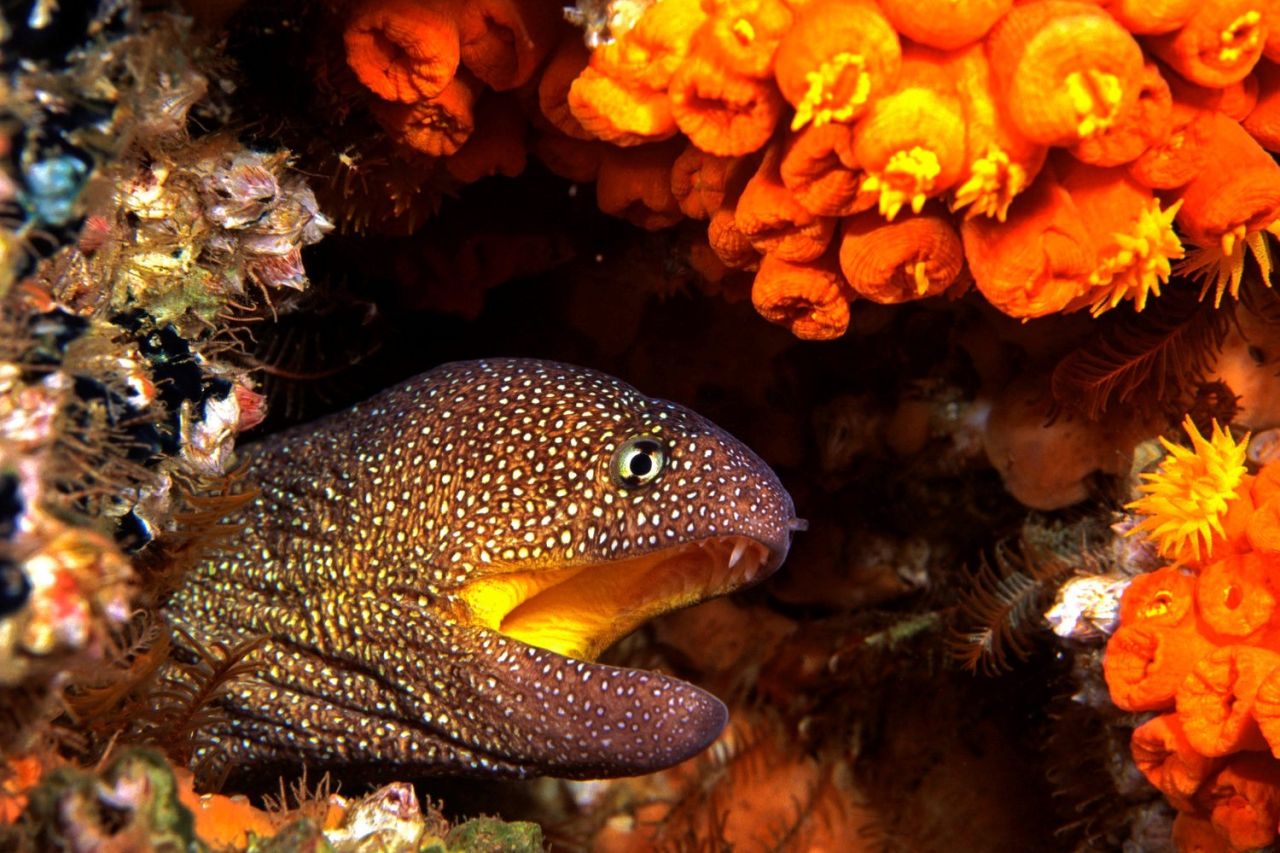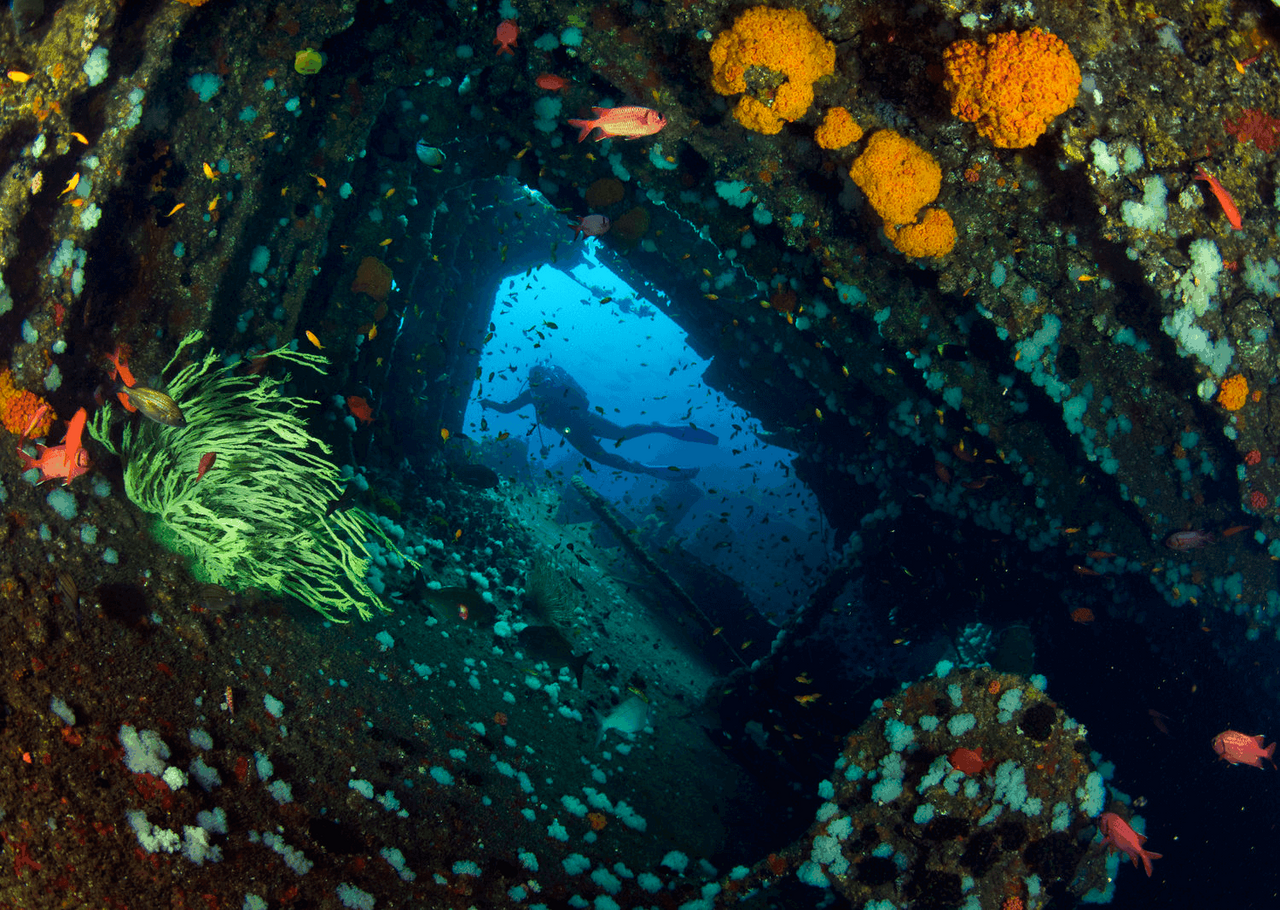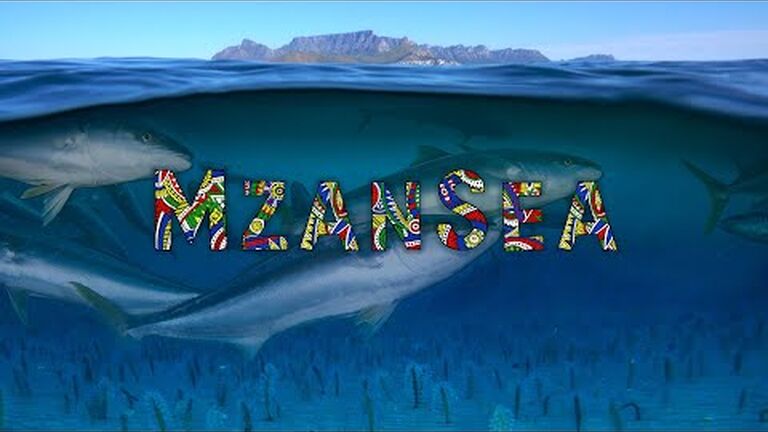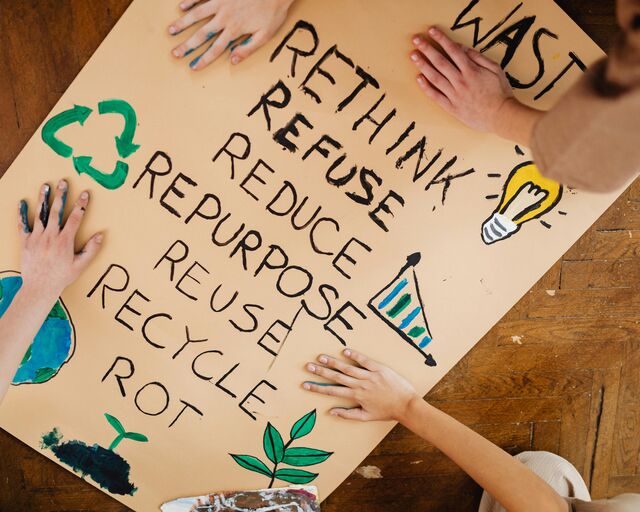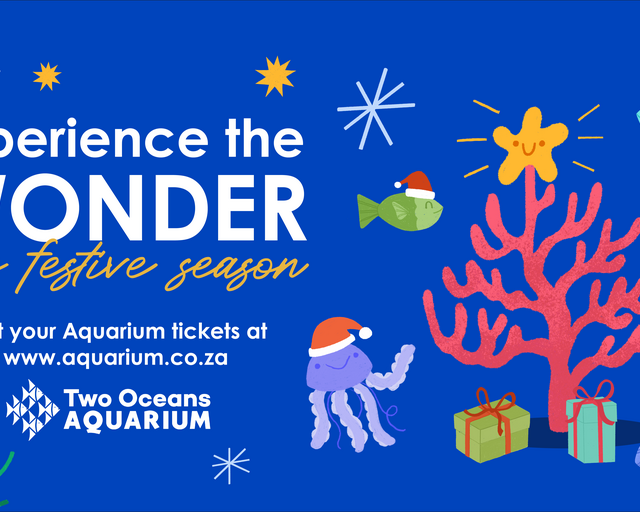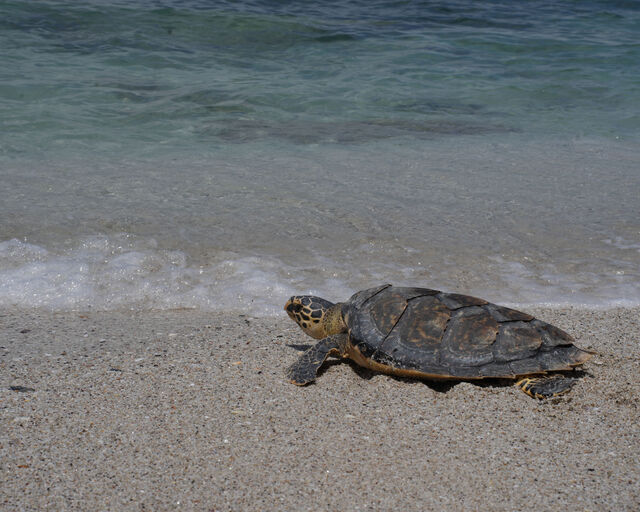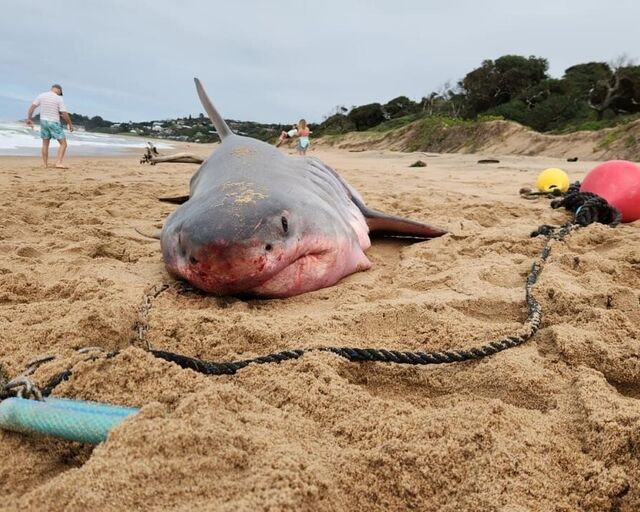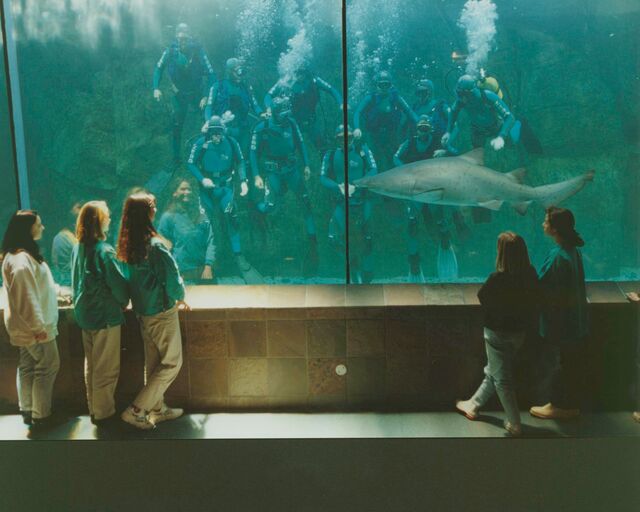Sometimes we like to take a step back, to celebrate our incredible biodiversity, as well as to highlight the progress that has been made in our country to create awareness of environmental challenges and the actions, and successes, that have made an impact in acting on these challenges. The Two Oceans Aquarium believes that one achievement all South Africans can definitely be proud of is the establishment of 42 Marine Protected Areas (MPAs) throughout our territorial waters.
Scientists agree that we need to protect at least 30% of our ocean by 2030 - sign the petition to send a message of support to governments.
Let's celebrate this amazing achievement, by taking a closer look at our amazing MPAs:
What is a Marine Protected Area (MPA)?
The International Union for Conservation of Nature describes an MPA as “a clearly defined geographical space, recognised, dedicated, and managed, through legal or other effective means, to achieve the long-term conservation of nature with associated ecosystem services and cultural values.” For the lay person, you can think of an MPA as an ocean nature reserve.
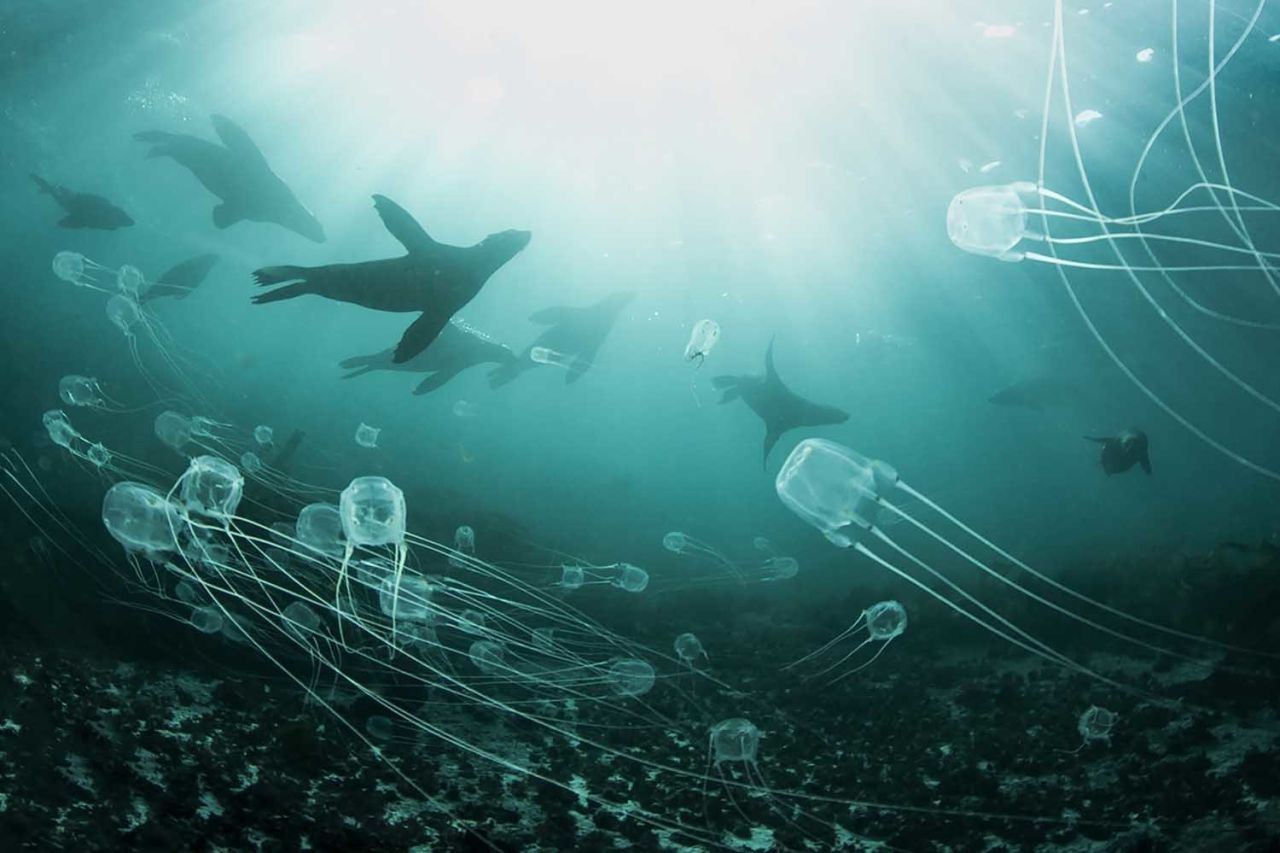
In South Africa, MPAs have been selected to protect unique habitats, to preserve intact bioregions that have not been severely affected by human activity, and to provide crucial "safe spaces" for commercially important fish species to recover. Our MPAs include many unique features - an underwater canyon longer and deeper than the Grand Canyon, an ancient fossilised yellowwood forest and a 30m tall cold-water coral reef.
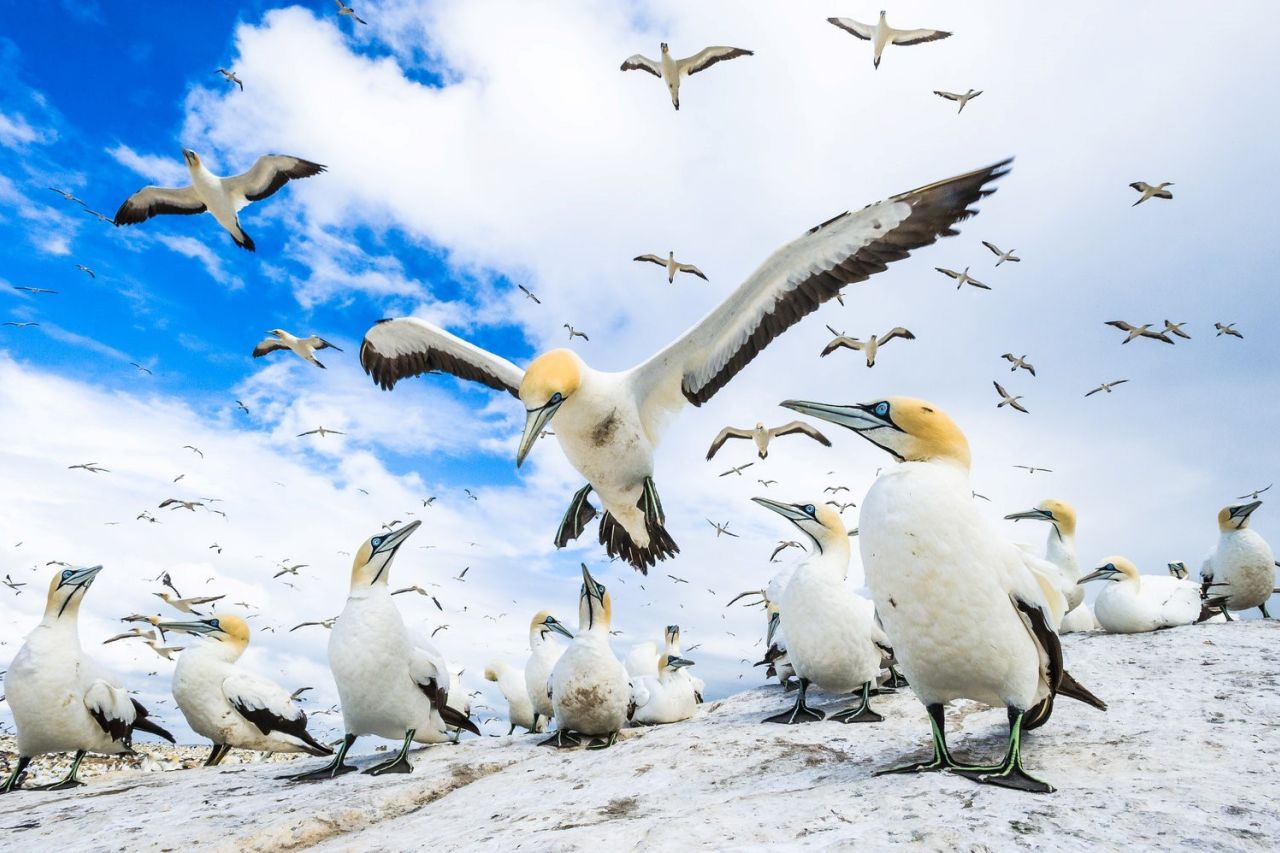
Where are the MPAs?
As of 2020, South Africa has 42 Marine Protected Areas - covering 5% of our national coastal waters. This is an incredible recent achievement, as this number was just 0.43% prior to 2016!
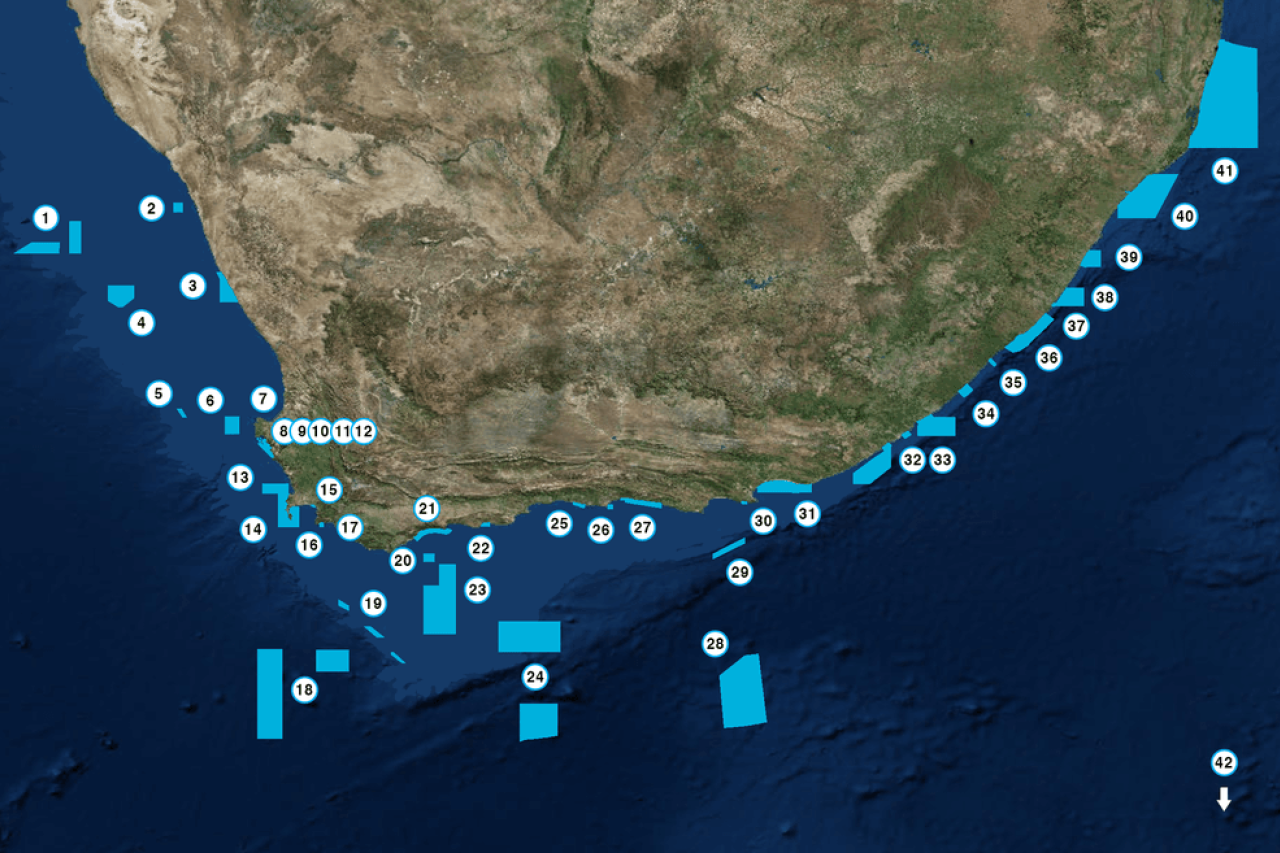
These 42 MPAs are scattered along the coast of South Africa, from the Orange Shelf Edge, a pristine, untrawled section of the continental shelf on our border with Namibia's territorial waters, to the massive iSimangaliso on the border with Mozambique which is a nursery to all sea turtles nesting in South Africa. In between, we have iconic sites - Langebaan Lagoon, Robben Island, Tsitsikamma, Pondoland and many others, and massive offshore MPAs, most notably South Africa's Prince Edward Islands.
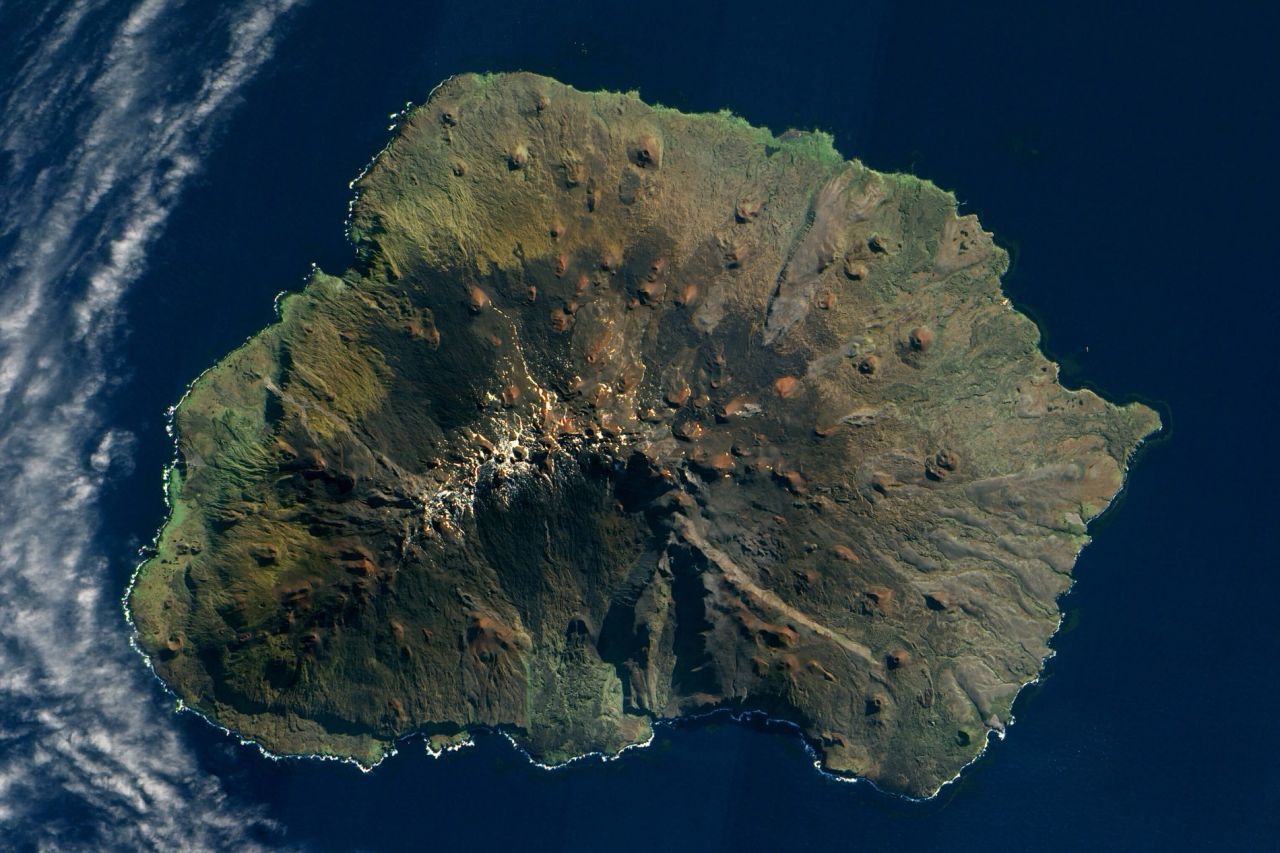
Who manages the MPAs?
All South African MPAs are managed, at the highest level, by the Government through the Department of Environment, Forestry & Fisheries. In practice, most MPAs are attached to existing Nature Reserves and the managing authorities of those reserves then take responsibility for those MPAs too. Examples of such authorities include the City of Cape Town, SANParks, CapeNature, Ezemvelo KZN Wildlife, and Nelson Mandela Bay Metro.
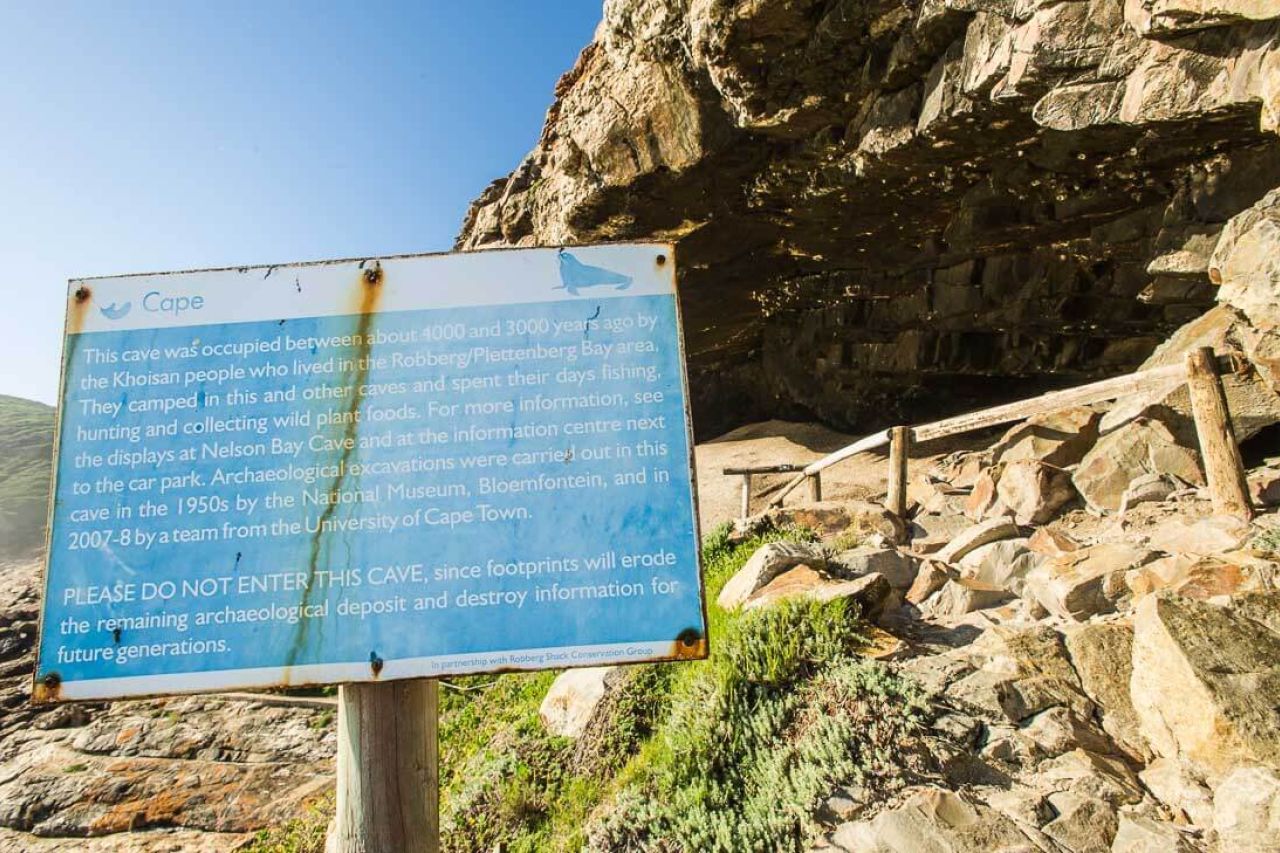
Generally, MPAs, or sections of MPAs are divided into zones with limitations on the human activities that may take place in them. The two major zones are Restricted Areas (a.k.a. "no-take zones") where fishing is strictly prohibited, and Controlled Areas where some activities, eg. angling or spearfishing may be allowed with proper permissions. Furthermore, one might hear MPAs described as "Wilderness Areas" or "Sanctuary Areas", which are Restricted Areas that forbid all economic activity, except for some low-impact eco-tourism. In practice, many large MPAs are a combination of zone types, and the managing authorities are able to add or remove restrictions based on the needs and health of the ecosystem.
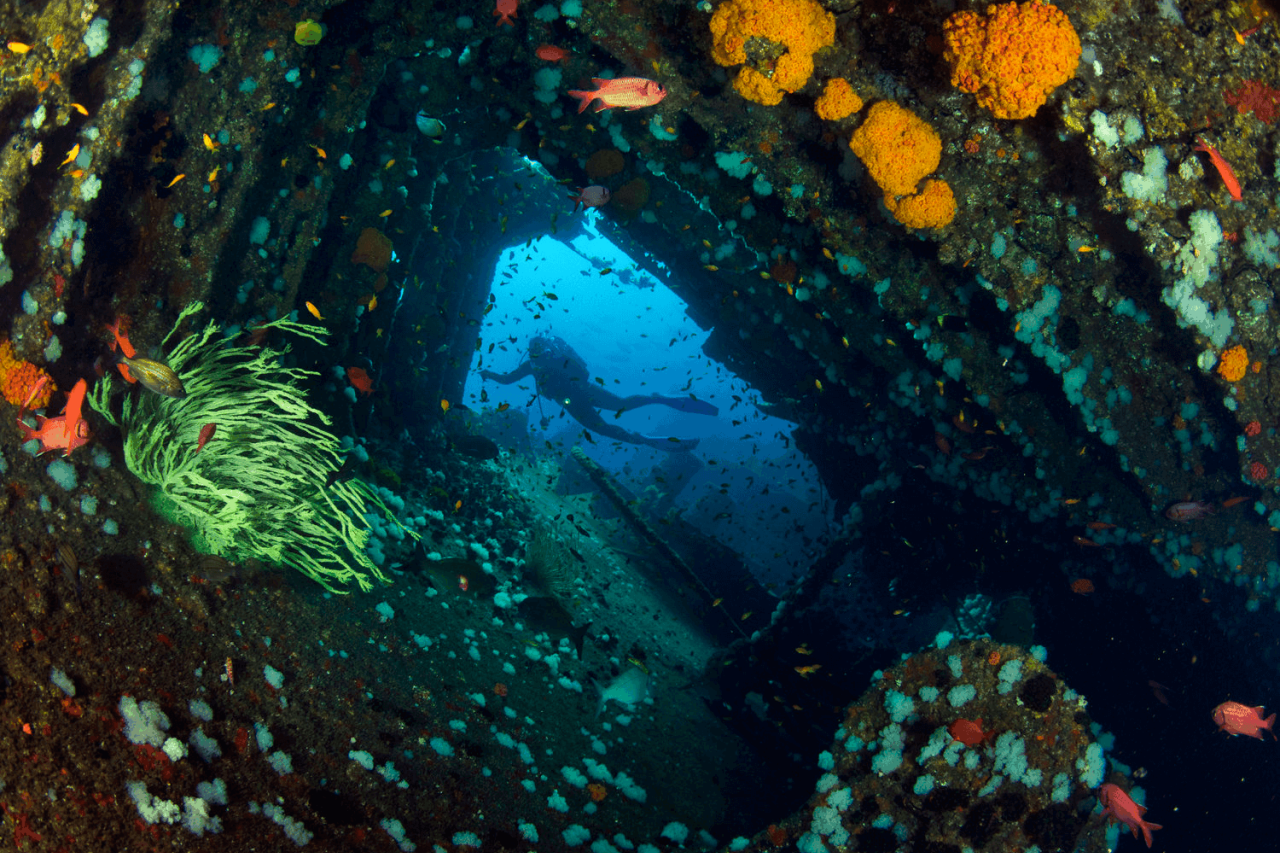
What are the benefits of MPAs to sea life?
MPAs provide safe spaces for fish to spawn and provide nursery areas for young fish. This allows fish species that are being sustainably fished to have safe havens where their reproductive behaviours can continue undisturbed. It also provides an opportunity for species that have already been over-exploited to recover by giving them places to reach adulthood without interference.
Because MPAs focus on protecting an area, rather than just selected species, they provide resilience to the entire ecosystem. This is particularly important for bolstering underwater habitats against the effects of global climate change, particularly changing ocean temperatures and acidity. These stress factors already put ecosystems at risk, but without the added stresses of human economic activity, the chances of recovery and adaptation are better.
This protection of pristine, but poorly understood ocean habitats means that MPAs are also protecting undiscovered species, and species that we know very little about. With South Africa's fairly recent efforts to bolster our blue economy, more local scientists than ever before are having a chance to explore these frontiers of knowledge.
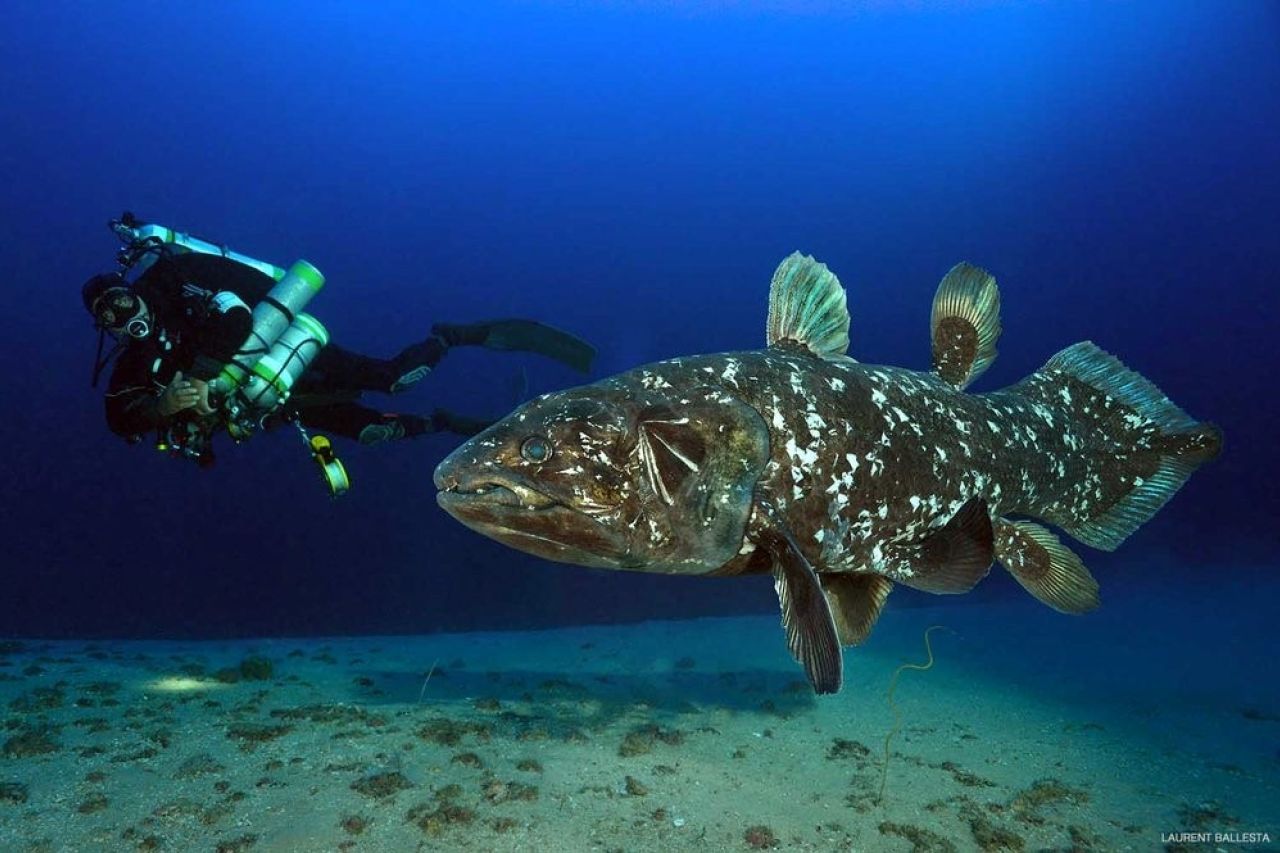
Many marine animal species, particularly commercially valuable fish species, are migratory. Although it's not viable to protect the entire routes of these animals, well-planned MPAs can protect areas of importance, such as important spawning grounds or sheltered areas that serve as nurseries for young fish. These MPAs, together will well-managed fisheries with clear quotas can ensure that species populations remain stable - that's good for the fish, and it's good for the humans who depend on those fish for their incomes.
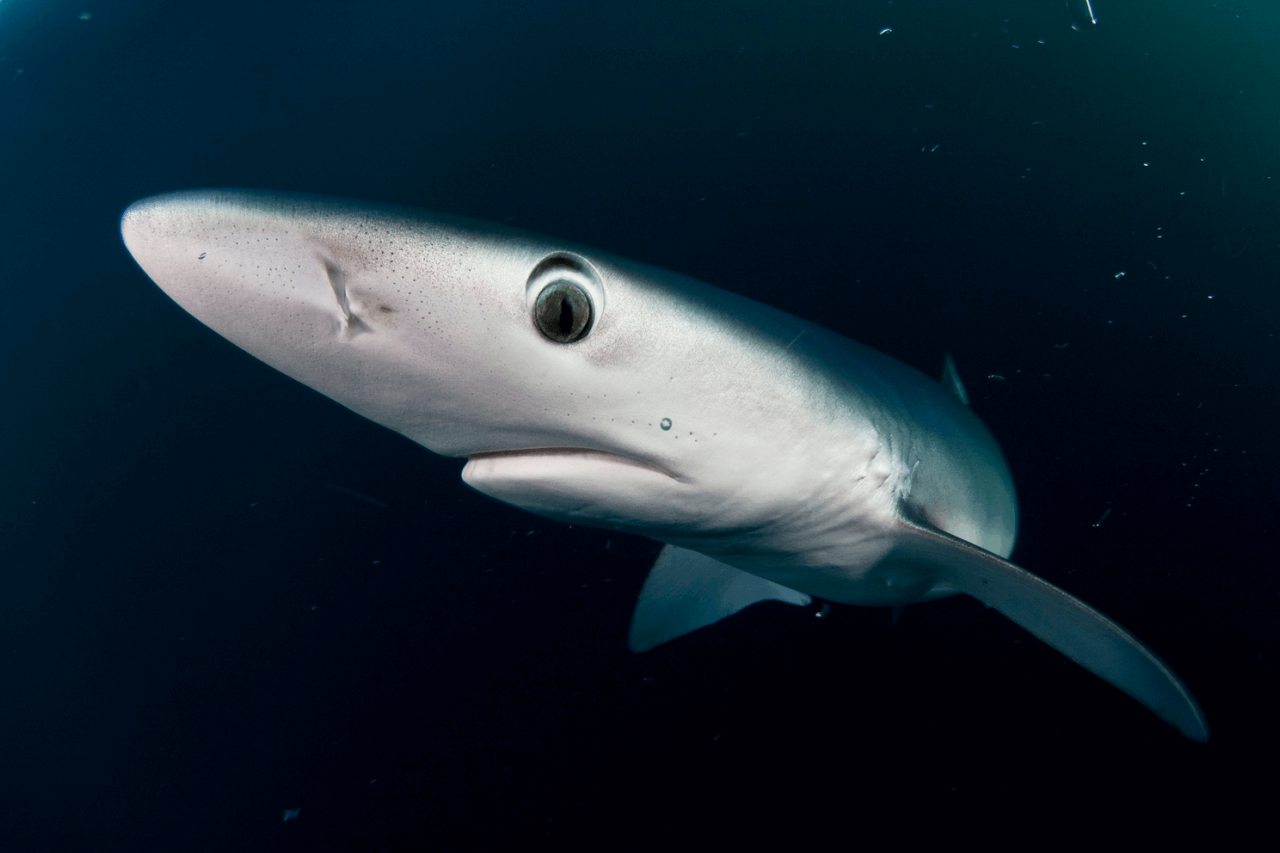
What are the benefits of MPAs to humans?
The large-scale and independent fishing industry employs thousands of people in South Africa. But, as the numbers and sizes of key economic species in South African waters decline, these industries and the communities that are dependent on them suffer.
It might seem that MPAs negatively impact economic activity, as they limit and restrict fishing activities, but the fact is that well-planned and researched MPAs actually benefit the long-term viability of the commercial and subsistence fishing economy.
MPAs provide a buffer against overexploitation of fish resources. By protecting crucial fish nurseries and spawning areas, as well as other locations critical to the mating and migration behaviour of marine species, we can ensure that fish populations can recover. This means that fish populations in areas surrounding the MPAs can recover, ensuring food and job security to those dependent on the fishing industry.
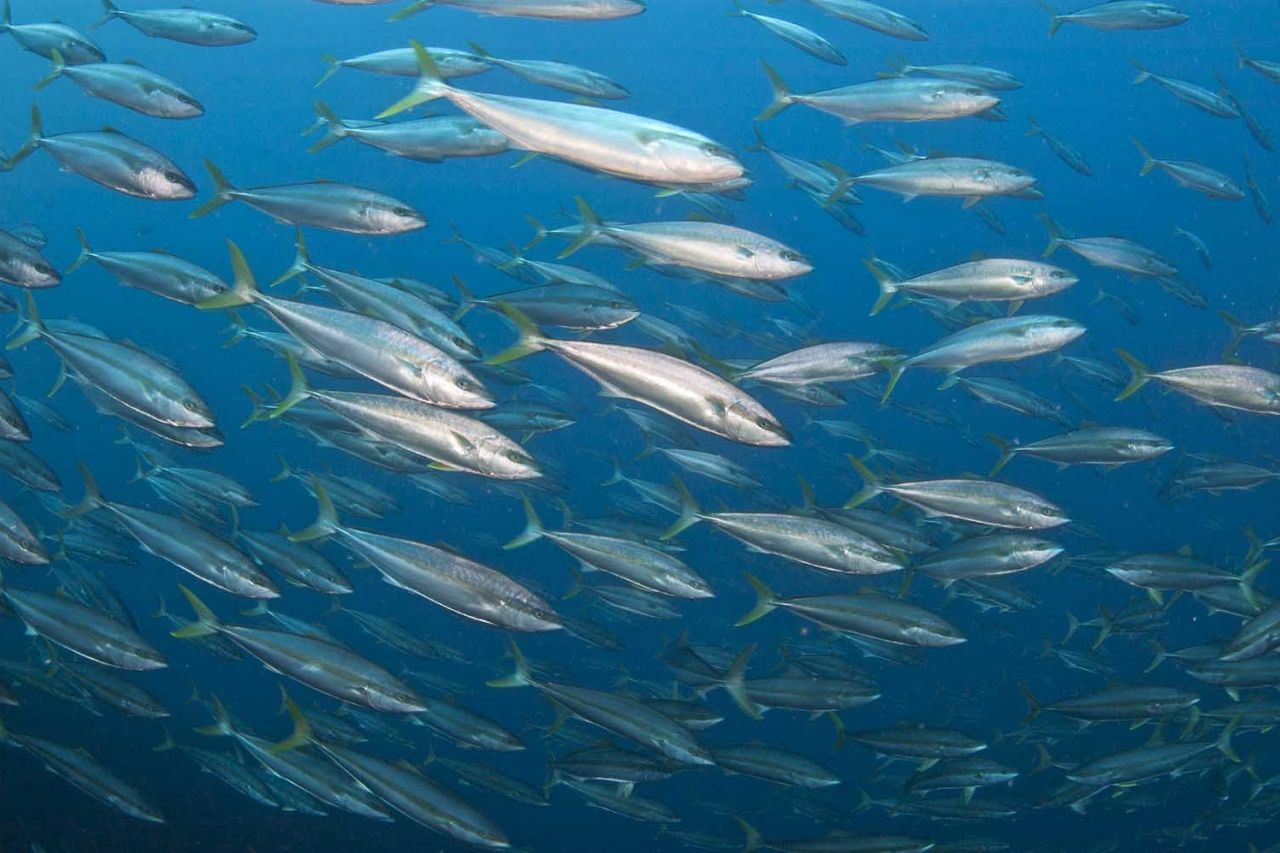
The establishment of Marine Protected Areas also creates new opportunities for entrepreneurs to enter the market and for communities dependent on fishing to add new economic activities that add additional value to their labour. Examples include ocean tours - and the small-scale accommodation and restaurant needs that tourists coming to enjoy that would require. Perhaps more directly, the expansion of nature reserves to include MPAs has also necessitated the employment of additional park staff, another benefit to surrounding communities.
Examples of communities that are already seeing the benefits of other economic activities associated with MPAs are Simon's Town, which sees thousands of tourists visiting to see the protected African penguin colony, the Overberg region which sees a massive boom every year in whale watching season, and the SA scuba diving community as a whole as more people are attracted to dive beautiful areas like Aliwal Shoal and False Bay.
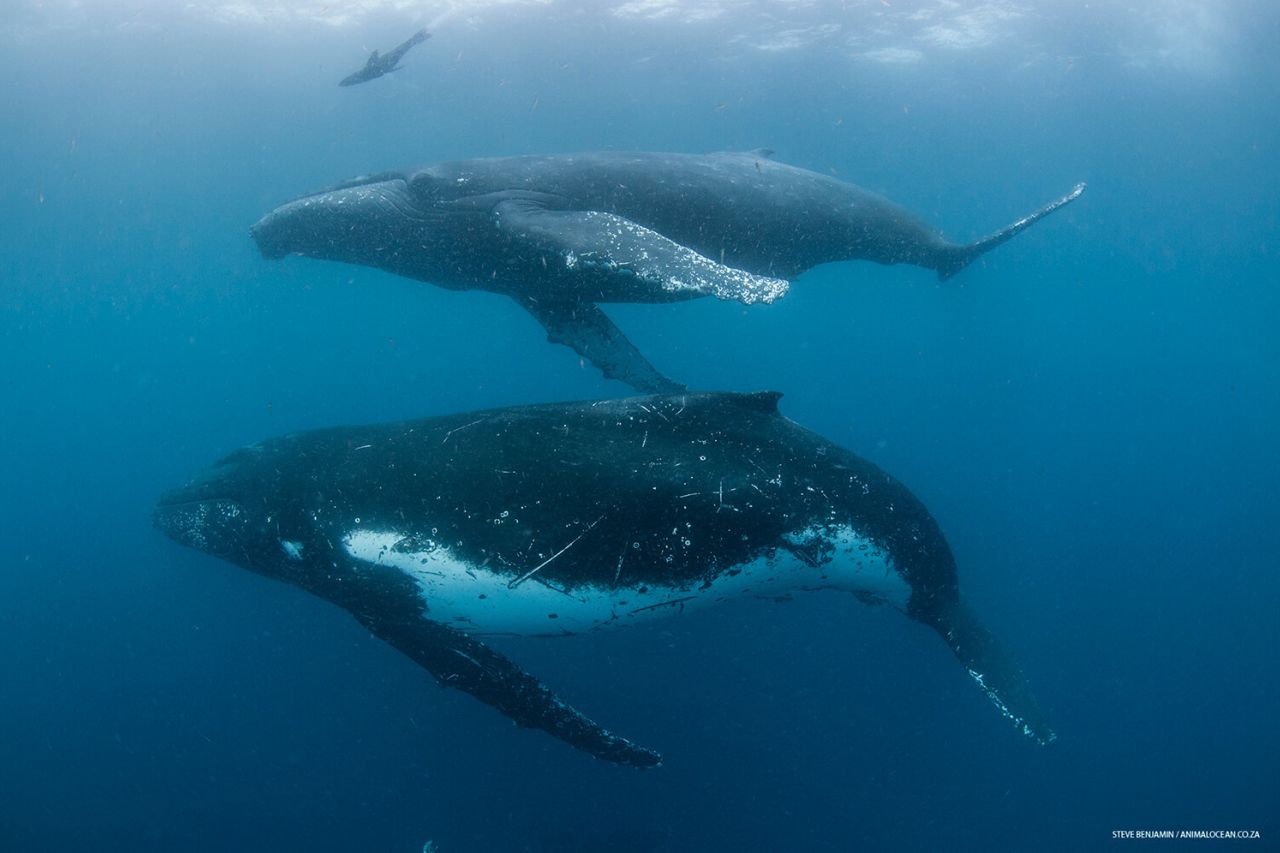
MPAs form part of South Africa's climate change adaptation strategy. Healthy coastal ecosystems, particularly those with high biomass, such as coral reefs, mangroves and kelp forests, serve as buffers that protect shorelines from the worst effects of severe storms, tsunamis and flooding. With the sea-level rise associated with climate change increasing the risk of flooding in coastal areas, these natural buffers are critical to the defence of our coastal communities and infrastructure - particularly in large coastal cities like Cape Town.
And last, but certainly not least, MPAs also protect our heritage. From the scientific research that reveals more of South Africa's ocean secrets to us, to the preservation of places of traditional, spiritual and cultural importance, MPAs can ensure that future South Africans have access to these roots that are important to our nation. MPAs provide sustainability that can carry the natural world, and the communities that are dependent on it, forward.
What's next for MPAs in South Africa and globally?
South Africa is working towards the Ocean Economy and Sustainability Goals laid out by the United Nations, and part of that is the effort to protect 10% of our ocean. The research and planning to identify and enforce protection in new areas is already underway, and we wouldn't be surprised to see a few new MPAs around South Africa in the next few years.
South Africa is actually aiming to exceed the UN's Sustainable Development Goal recommendation. Targets outlined in the National Protected Area Expansion Strategy for South Africa 2008 for our 20-year plan indicated the will to protect at least 25% of inshore waters and 20% of offshore waters within MPAs, with 15% of these waters being strict no-take zones. Further efforts are also being made to ensure that these MPAs cover a significant portion of all South African marine bioregions.
Globally, there are over 15 000 Marine Protected Areas, and almost 3 000 new ones in the implementation stages, according to the Atlas of Marine Protection. Although island nations, such as New Zealand and Cook Islands, and countries with many overseas island territories, such as the US, UK and France, make up over 80% of the total global MPA area, smaller countries are all playing a role - globally there has been an 11x increase in MPA area, according to Protected Planet.
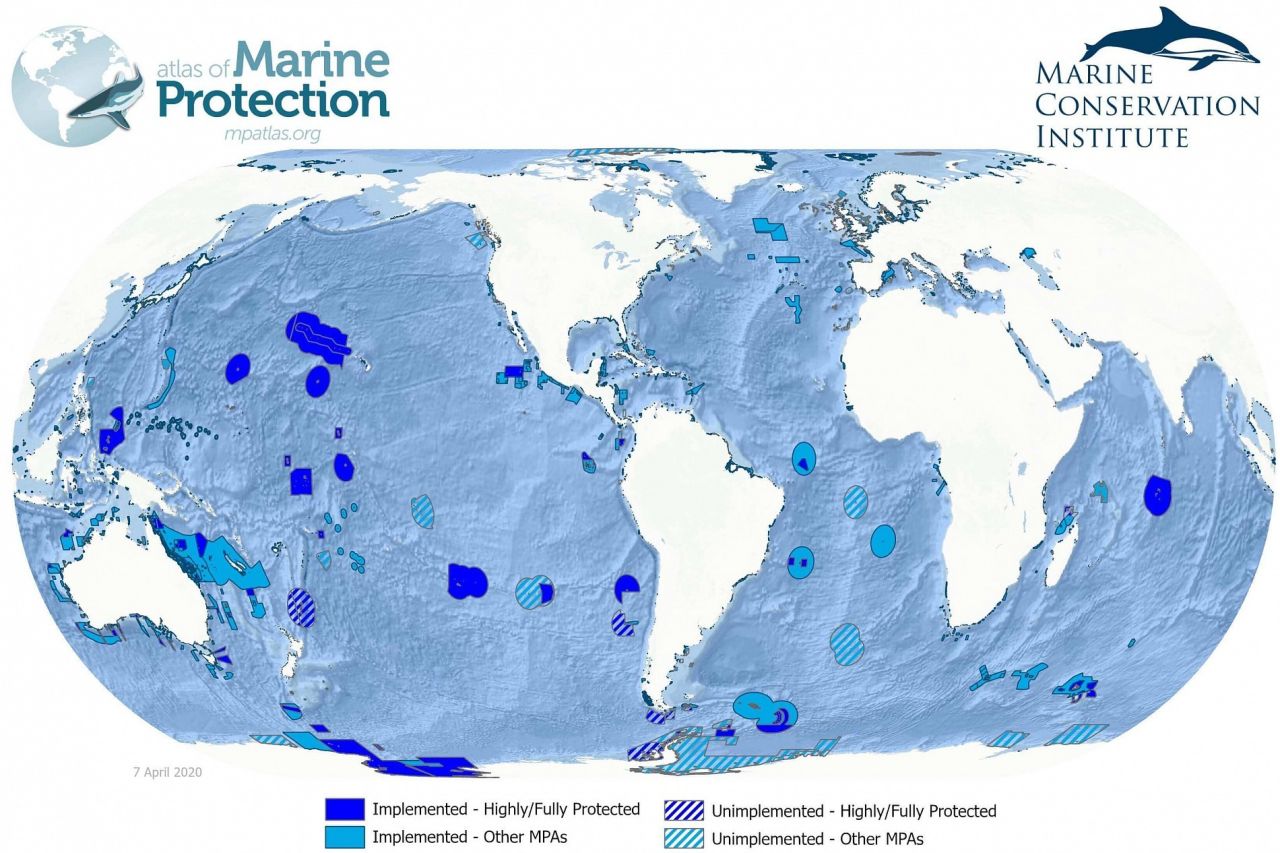
The world's largest MPA is the Ross Sea Region Marine Protected Area, which is a joint project of New Zealand and the US and covers 1.5 million square kilometres. However, as the above map indicates, most MPAs are small - a sign that countries are identifying critical biodiversity hotspots as the first places to receive protection.
The United Nations set the target for 10% of the ocean to be protected by 2020 in its Sustainable Development Goals - at the time of writing, only 5.3% of the ocean is protected, and just 2.5% is earmarked as no-take zones according to the Atlas of Marine Protection, or 7.9% protected according to the IUCN. Unfortunately, although many countries, including South Africa, have made great strides towards this goal, it does not seem as though we'll meet the UN target in 2020. But, that doesn't mean we should stop ambitiously trying to conserve the ocean!
Globally, the call is out to protect 30% of the world's oceans by 2030. We call on you the World Oceans Day to sign the petition for this cause!
